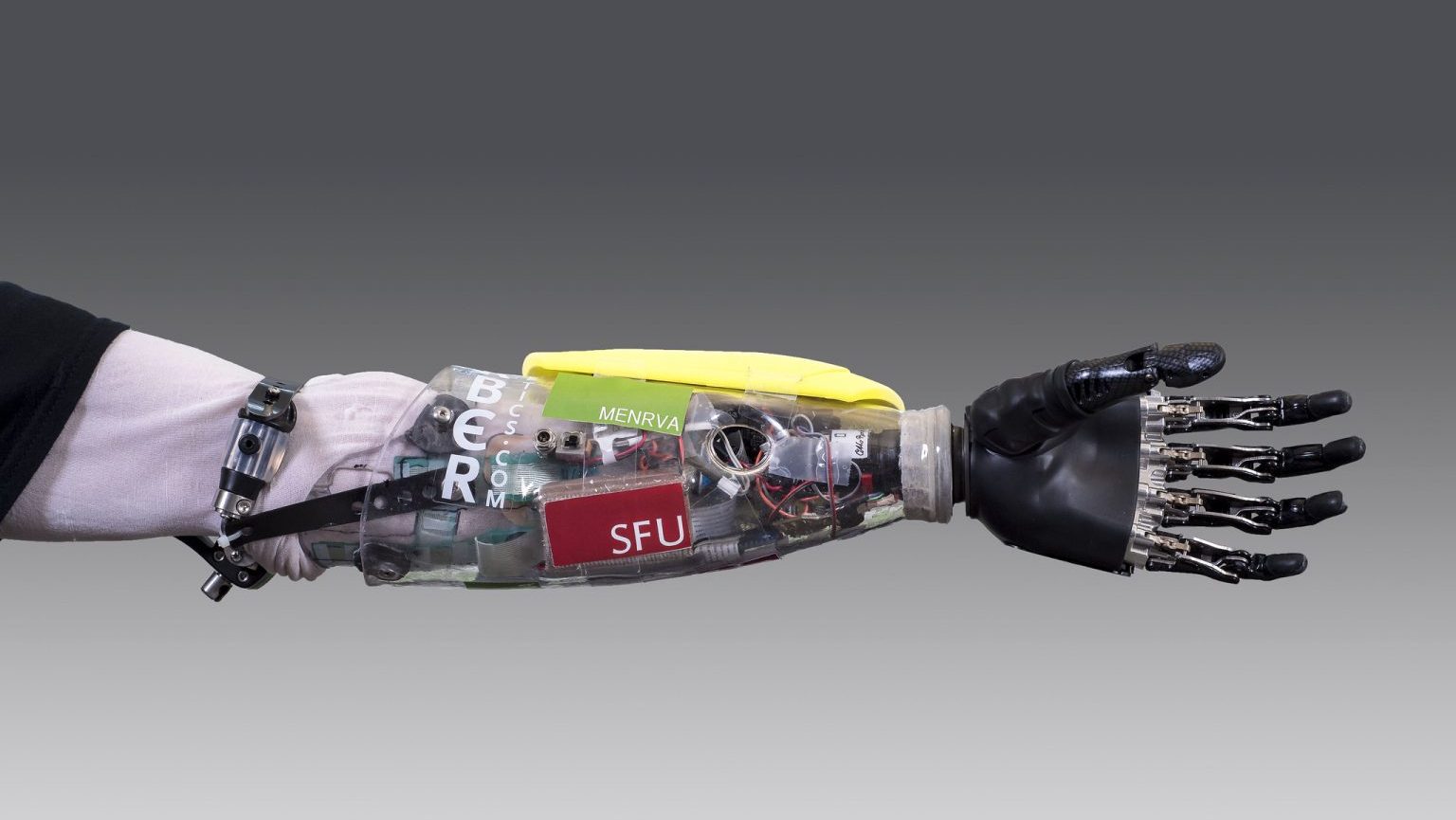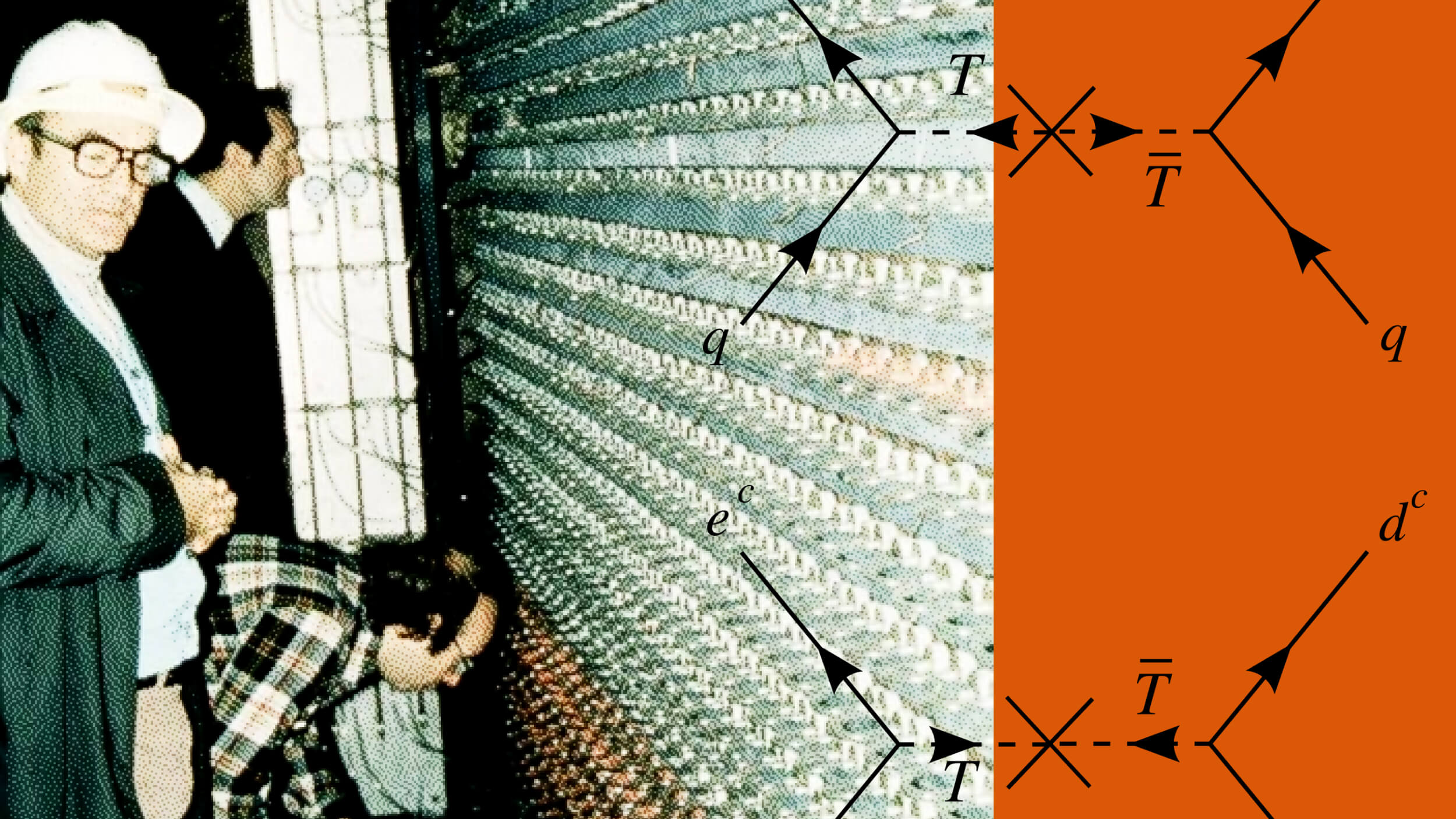Ask Ethan: Is the Universe itself alive?
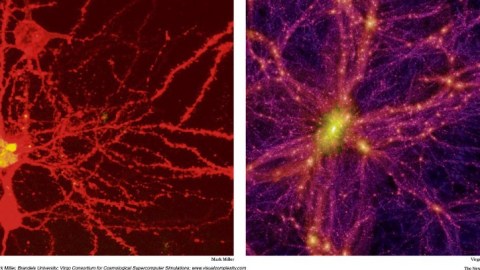
The similarities between the Universe and a living being are striking and surprising. Could larger entities than us be alive?
“Do not look at stars as bright spots only. Try to take in the vastness of the universe.” -Maria Mitchell
You’ve seen the analogies before: how atoms are like solar systems, how the large-scale structure of the Universe are like neurons in a human brain, and how there’s the interesting coincidence that the number of stars in a galaxy, galaxies in the Universe, atoms in a cell, and cells in a living being are all approximately the same large (10¹¹ to 10¹⁴) number. It makes one wonder, as it made Mike Paul Hughes wonder (and ask me) the following:
Are we all just brain cells in a larger creature, on a planetary scale, that has yet to become self-aware? How would we know? How could we test this?
Believe it or not, this idea that the sum total of everything in the Universe is itself a sentient creature has been out there for a very long time, and is even part of the Marvel Universe’s concept of ultimate beings: the character Eternity.
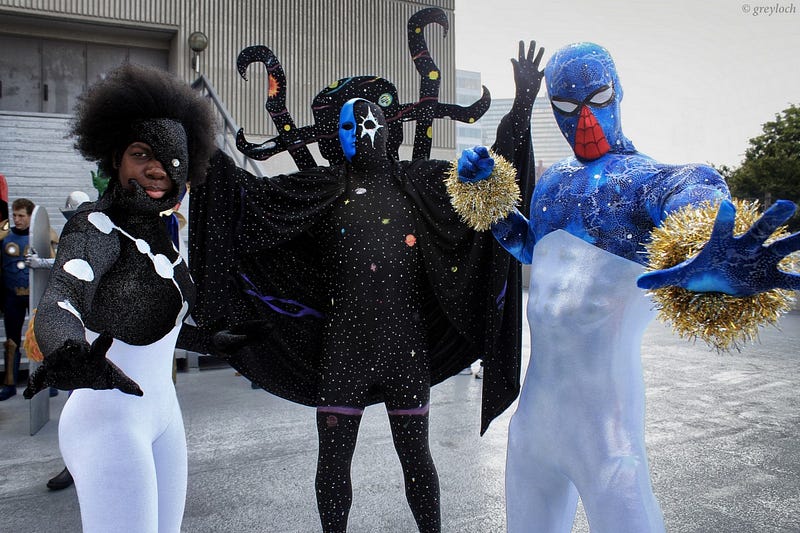
It’s very difficult to give a direct answer to a question like this, because we aren’t 100% certain of what consciousness and self-awareness actually are. But we are certain about a few physical things that can help us give the best answer to this question we possibly can, including:
- How old the Universe is,
- How long various objects have had to send-and-receive signals to-and-from one another,
- How large the largest gravitationally bound structures are,
- And how many signals bound and unbound structures of various sizes will have to exchange information of any type with one another.
If we do these calculations and then compare it with what occurs in even the simplest brain-like structure, we can at least give as close as possible of an answer to the question of whether there are large, cosmic-scale sentient structures anywhere in the Universe.

The Universe has been around for 13.8 billion years since the Big Bang, and has been expanding at a very large (but decreasing) rate ever since, consistent with being made up of about 68% dark energy, 27% dark matter, 4.9% normal matter, 0.1% neutrinos, and about 0.01% photons. (Those percentages were different earlier on, when matter and radiation were more important.) Because light always travels at the speed of light — through the expanding Universe — we can determine how many different “communications” could have taken place between two objects that are caught up in that expansion. If we define a “communication” as the amount of time it takes for a one-way transmission-and-reception of information, here’s how far we can go in 13.8 billion years:

- 1 communication: up to 46 billion light years, the entire observable Universe.
- 10 communications: up to 2 billion light years, or around 0.001% of the Universe: the nearest 10 million galaxies.
- 100 communications: almost 300 million light years, or not quite the distance to the Coma Cluster, containing roughly 100,000 galaxies.
- 1,000 communications: 44 million light years, just before the edge of the Virgo cluster, containing approximately 400 galaxies.
- 100,000 communications: 138,000 light years, or the full extent of our Milky Way, but nothing beyond it.
- 1 billion communications: 14 light years, or only the nearest 35 (or so) stars and brown dwarfs; this number changes as stars move throughout the galaxy.
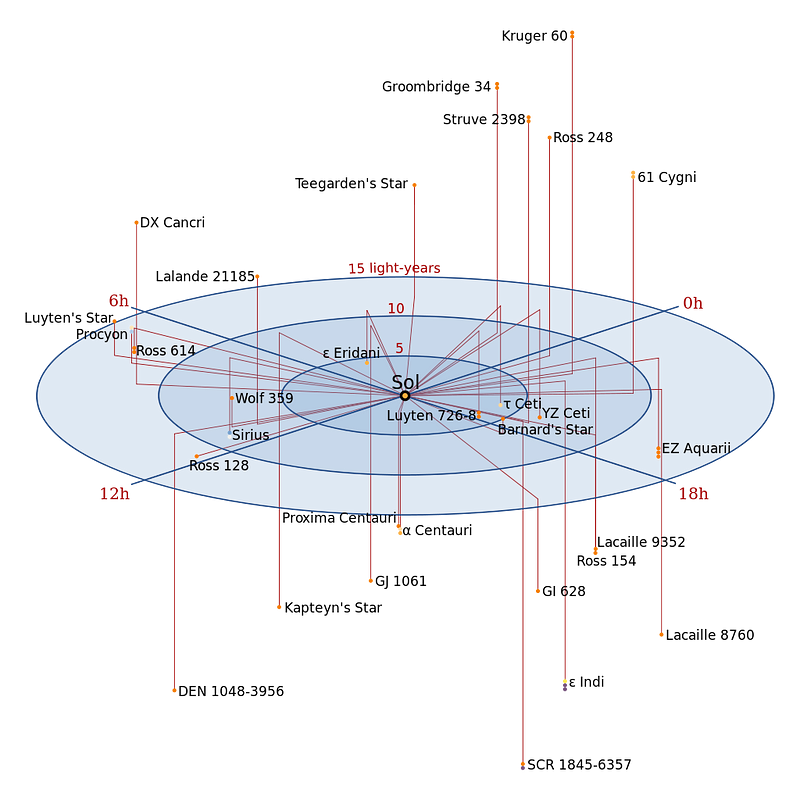
Our local group is gravitationally bound together — consisting of us, Andromeda, the Triangulum galaxy and perhaps 50 other much smaller dwarfs — and will eventually merge together to form a single bound structure a few hundred thousand light years across. (More or less depending on the size of the bound structure.) Most groups and clusters will eventually encounter this fate: with all the bound galaxies within them merging together to form a single, giant elliptical a few hundred thousand light years across, a structure which will remain for approximately 10¹⁵ years. At that point, 100,000 times the present age of the Universe, the last stars will have burned through their fuel and faded into darkness, with only very rare flares and collisions igniting fusion once again, until these objects themselves begin to gravitationally dissociate on timescales of 10¹⁷ to 10²² years.
But these individual large groups will accelerate away from one another thanks to dark energy, and so will never have the opportunity to encounter one another or communicate with one another for very long. For example, if we were to send out signals today, from our location, at the speed of light, we’d only be able to reach 3% of the galaxies in our observable Universe today; the rest are already forever beyond our reach. So an individual, bound group-or-cluster is as much as we can hope for, with a “smallish” one like our own — comprising most of them — containing around one trillion (10¹²) stars, and the largest ones (like the future of the Coma cluster) containing closer to 10¹⁵ stars.

Meanwhile, if we want self-awareness, the best comparison we have is the human brain, which has around 100 billion (10¹¹) neurons with at least 100 trillion (10¹⁴) neural connections, with each neuron firing roughly 200 times per second. Given that the average human lives for around 2–3 billion seconds, that’s a lot of signals over a lifetime! It would take a network of trillions of stars confined within a volume under a million light years across and existing for 10¹⁵ years just in order to have something comparable to the number of neurons, neural connections and number of transmitted signals in a human brain. In other words, these total numbers — for a human brain and for a large, fully-formed end-state galaxy — are actually comparable to one another.
But the big difference is that neurons within a brain have a connected, defined structure, while stars within a bound galaxy or group rapidly move closer-and-farther from one another, under the influence of all the other stars and masses within a galaxy.

We think that this type of randomization of sources and orientations prevents any sort of coherent signal-structure from forming, but that may or may not be necessary. I’d say that based on what we know of how awareness emerges (and of brains in particular), there’s simply not enough coherent information going back-and-forth between various entities for this to be a possibility. But the number of total signals that can be exchanged on a galactic scale over the timescales that stars will exist is compelling and interesting, and seems to hold the potential for the amount of information exchanged to be comparable to the one thing we know to be self-aware. Still, it’s important to note that even if that were all it took, our galaxy would presently be the equivalent of a 6 hour old baby: not too bright. If there is a larger consciousness, it hasn’t emerged yet.
Moreover, we can say that the concept of an “Eternity,” which encompasses all the stars and galaxies in the Universe, is definitely far too grand, given the existence of dark energy and what’s known about the fate of our Universe. The only ways to test this, unfortunately, rely either on simulations (which have their own inherent flaws) or sitting around and waiting, and seeing what arises. Until a greater-scale intelligence tries to communicate with us by creating and sending an obviously “intelligent” signal, we’ll have only the Count of Monte Cristo option: wait and hope.
Submit your questions and suggestions for the next Ask Ethan here!
Leave your comments on our forum, and check out our first book: Beyond The Galaxy, available now, as well as our reward-rich Patreon campaign!


